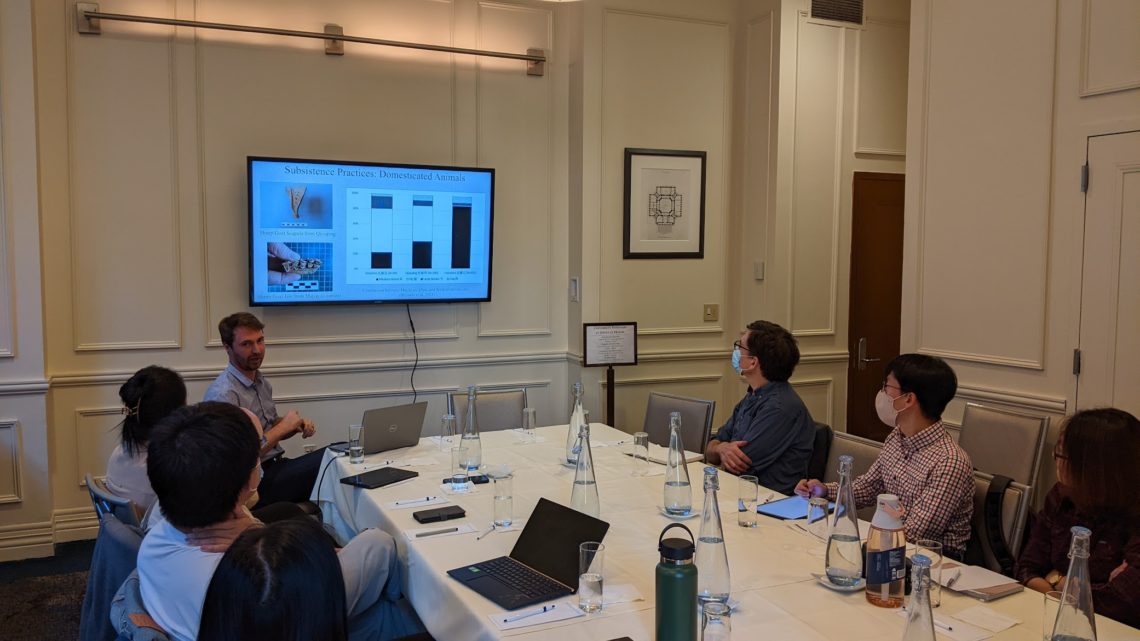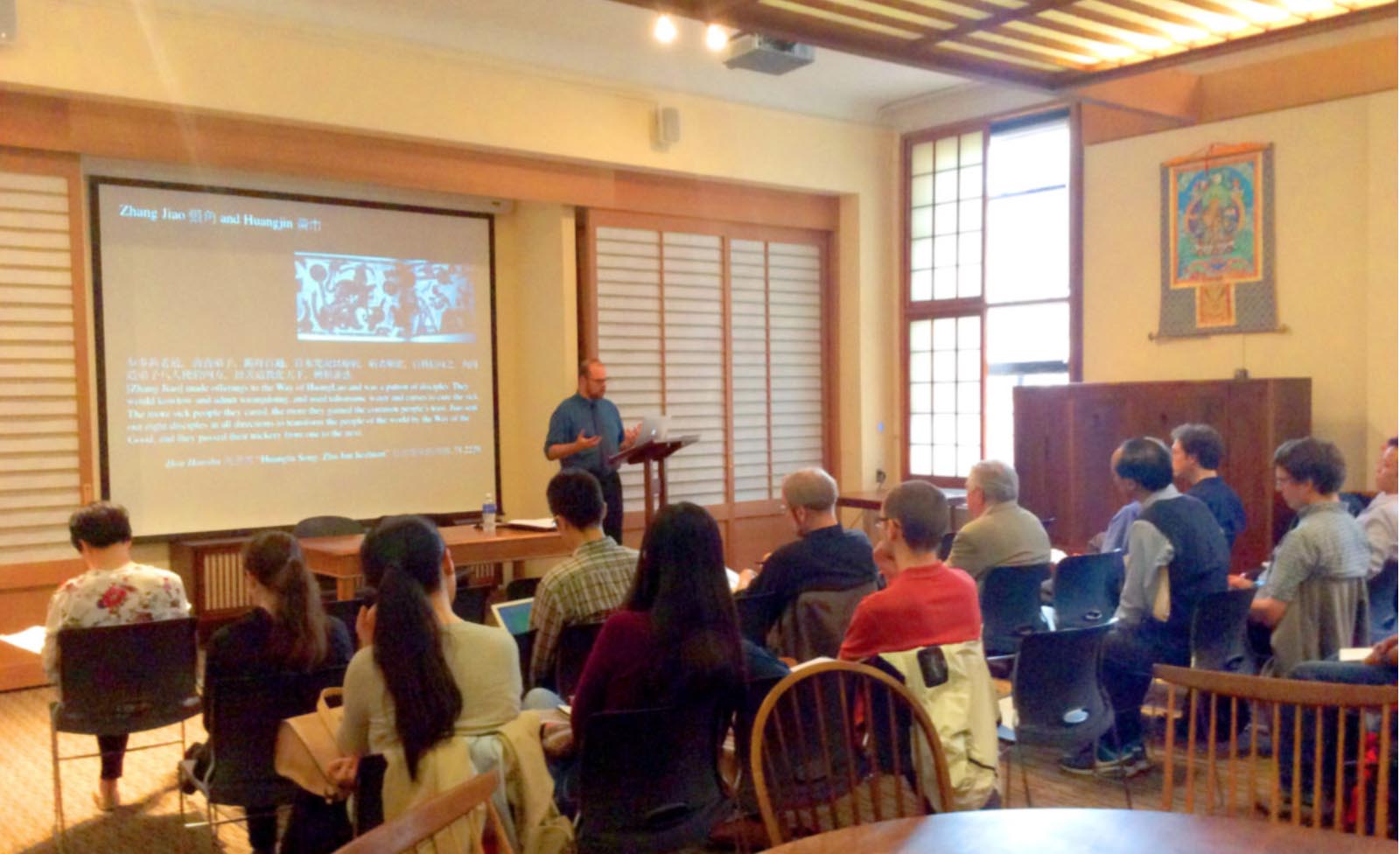october, 2022

Event Details
More than 2000 years before the development of the historical Silk Road trade routes, people living in what is now northwestern China were participating in networks that circulated goods and
more
Event Details
More than 2000 years before the development of the historical Silk Road trade routes, people living in what is now northwestern China were participating in networks that circulated goods and technologies between the Central Asian steppe and eastern China. These included domesticates such as wheat, barley, sheep, and cattle, as well as technologies including bronze working, jade carving, and pyromantic divination. However, despite more than 100 years of archaeological work in this region, how and why these networks were formed and functioned on a local scale has remained under-investigated. This talk will draw on two sources for mapping potential interactions: recent petrographic analysis of ceramic vessels from the Tao River Valley of Gansu Province and new work with collections from across northwestern China in the Museum of Far Eastern Antiquities in Stockholm, Sweden. These analyses demonstrate that localized exchange was occurring on a regular basis between settlements in the Tao River Valley, and potentially across a much wider region. It will also address the benefits and challenges of working with both recently excavated material as well as historic collections.

Time
(Friday) 4:30 pm - 6:30 pm
Location
Faculty House



